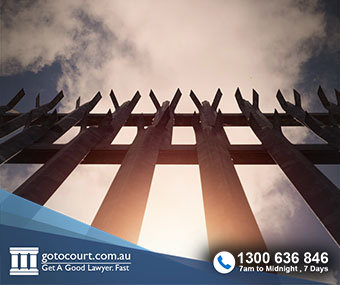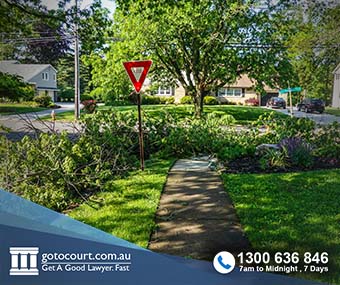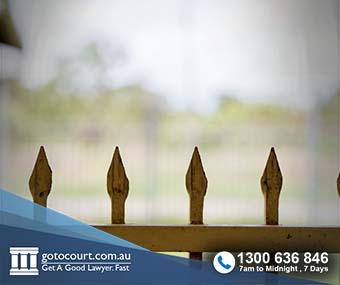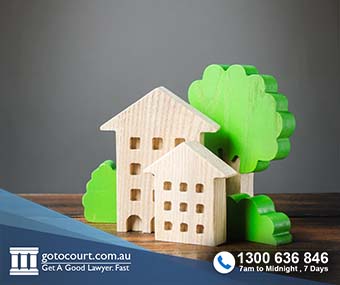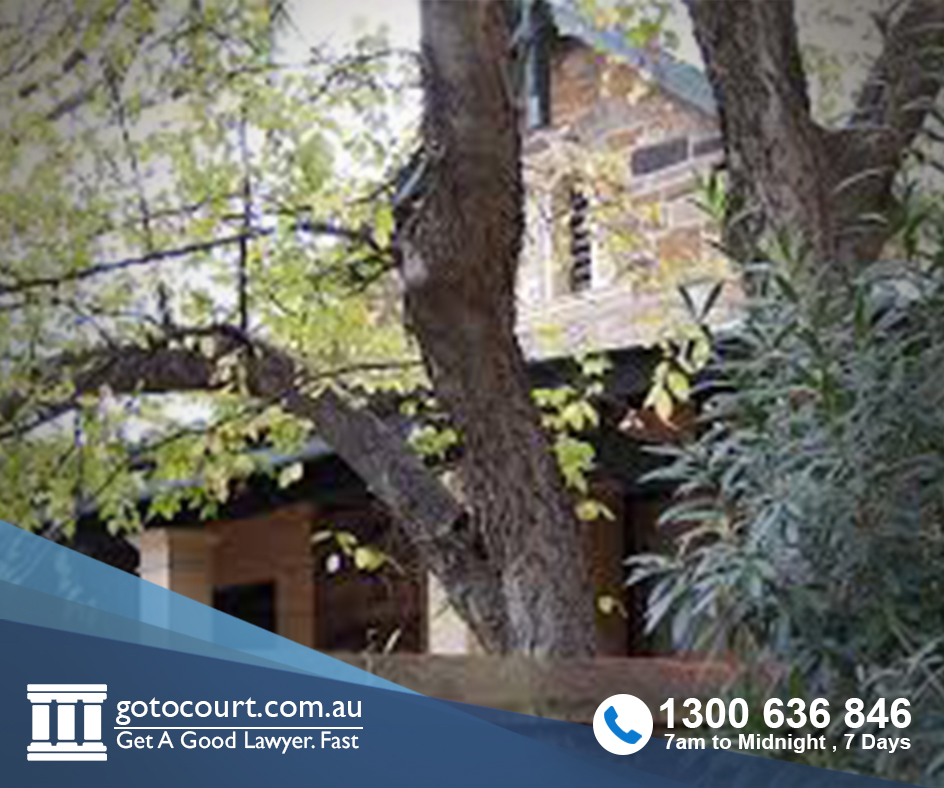Can I Cut Down My Trees? (Qld)
Can I Cut Down My Trees? (Qld)
A homeowner may want to remove a tree on their property for a variety of reasons. For instance, the tree may be in danger of falling on the house. Still, homeowners need to ensure that they follow the law when removing a tree. Violating this law can incur heavy penalties and potential legal action. This article explains the circumstances when a homeowner can cut down a tree in Queensland.
Can I Cut Down My Trees in Queensland?
A homeowner is responsible for any tree that is wholly or mainly situated on their land. The homeowner is responsible for the whole tree, not just the section that grows above ground.
A tree includes any woody perennial plant, or any flora that resembles a tree, such as a shrub, vine or bush. It also refers to a bare trunk or dead tree.
A homeowner can usually remove trees that are within three metres of the house foundations without seeking council permission. Additionally, most homeowners can clear trees that are within ten metres of the home if the property is situated in a fire danger zone. Fallen trees and dead trees within three to five metres of the home can also be removed without council approval. Residents are actively encouraged to remove storm-damaged trees to reduce potential hazards. Similarly, homeowners are allowed to remove pest trees to help native species and attractive flora survive.
Native and old trees
It may be necessary to obtain a permit to cut down native and old trees on private property. Local governments usually have vegetation management programs to protect these trees. Cutting down these trees can attract hefty fines. It is important to make enquiries with the local forestry office before removing native or old trees.
Protected vegetation
A homeowner also needs approval from the council to cut down an endangered or protected tree in Queensland. Permits are only given to cut down protected trees in special circumstances with the recommendation of a city or council arborist. Endangered trees are those that are hard to find in Australia or those facing extinction. Examples include Burdett gum (Eucalyptus burdettiana), Mukinbudin mallee-Eucalyptus brevipes, Cider Gum (Eucalyptus gunnii) and silver mallett (Eucalyptus recta). Anyone found guilty of removing protected trees is liable for hefty fines.
A local council in Queensland can issue a Vegetation Protection Order to protect a specific tree from being trimmed or removed. Some old trees have historical significance. A Vegetation Protection Order is typically intended to preserve natural assets. This means that even a dead tree might be subject to a VPO if a protected animal or bird is using the tree to nest. A homeowner may be fined for damaging a VPO-protected tree, even if the tree causes problems. The homeowner should check with their local government authority or Queensland Heritage Register to find out if a particular tree is under a VPO. A homeowner can apply to QCAT to overturn an unwarranted VPO.
Trees on Boundary Lines
A homeowner typically needs a permit to remove trees on boundary lines, especially if the boundary borders council or public land. These trees are the property of the council, even if they are partly on the homeowner’s land. Additionally, a homeowner must obtain a permit to cut down a tree that was planted as part of a federal or local revegetation program.
A homeowner has legal responsibilities when it comes to trees that impact a neighbour’s property. The Neighbourhood Disputes (Dividing Fences and Trees) Act 2011(QLD) pertains to trees that are in urban areas, on land that adjoins with a neighbour on land separated by a road. However, it does not govern tree disputes for rural land, land larger than four hectares, a local government park, or trees planted for a specific purpose or under condition of development approval.
A homeowner must ensure that a tree on their land does not injure a person, fence, object or land on a neighbouring property. They also cannot allow a tree to unreasonably interfere with a neighbour’s use and enjoyment of their land. For instance, a tree cannot create substantial tree litter, interfere with television reception or the function of solar panelling, or shade sunlight from the neighbour’s windows if the branches are higher than 2.5 metres above the ground. A neighbour can apply to the Queensland Civil and Administrative Tribunal for an order compelling the homeowner to remove overhanging branches. If it is necessary to enter a neighbour’s land to remove a branch, the homeowner must give their neighbour at least a day’s notice. This notice should state the identity of the tree pruner and the date and time of the proposed work. If a tree on the property adversely affects a neighbour, the homeowner should look at removing the branches or whole tree, as long as there is not a Vegetation Protection Order protecting the tree.
The laws surrounding tree removal can be confusing. Depending on local council rules, a homeowner may be prohibited from removing old, protected, or other trees, or may even have to remove a tree for practical or safety reasons. Please contact Go To Court on 1300 636 846 if you need legal advice to avoid financial penalties, or want to dispute a hefty fine. Our experienced solicitors can also help with neighbour disputes.

Affordable Lawyers
Our Go To Court Lawyers will assist you in all areas of law. We specialise in providing legal advice urgently – at the time when you need it most. If you need a lawyer right now, today, we can help you – no matter where you are in Australia.How It Works




1. You speak directly to a lawyer
When you call the Go To Court Legal Hotline, you will be connected directly to a lawyer, every time.

2. Get your legal situation assessed
We determine the best way forward in your legal matter, free of charge. If you want to go ahead and book a face-to-face appointment, we will connect you with a specialist in your local area.

3. We arrange everything as needed
If you want to go ahead and book a fact-to-face appointment, we will connect you with a specialist in your local area no matter where you are and even at very short notice.


